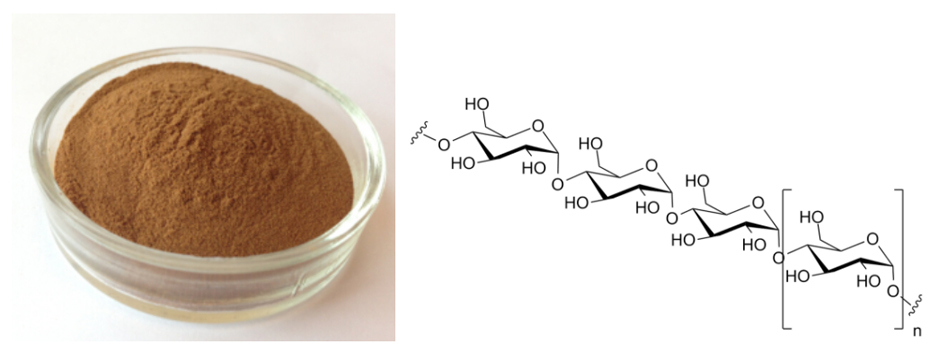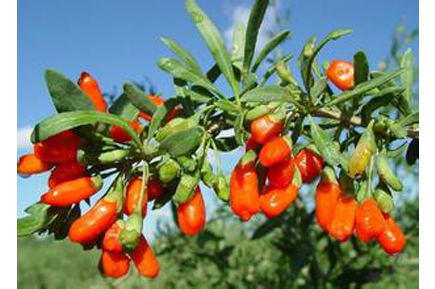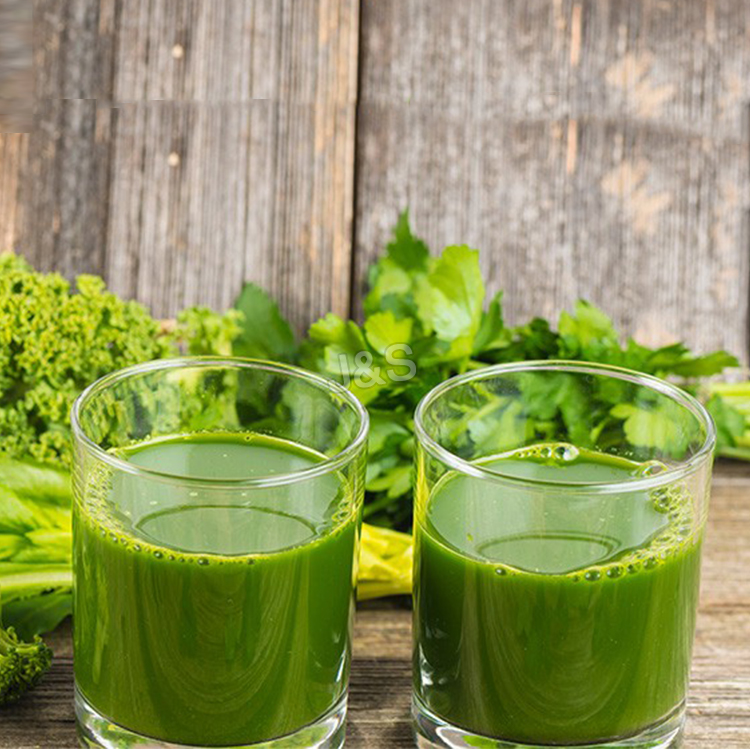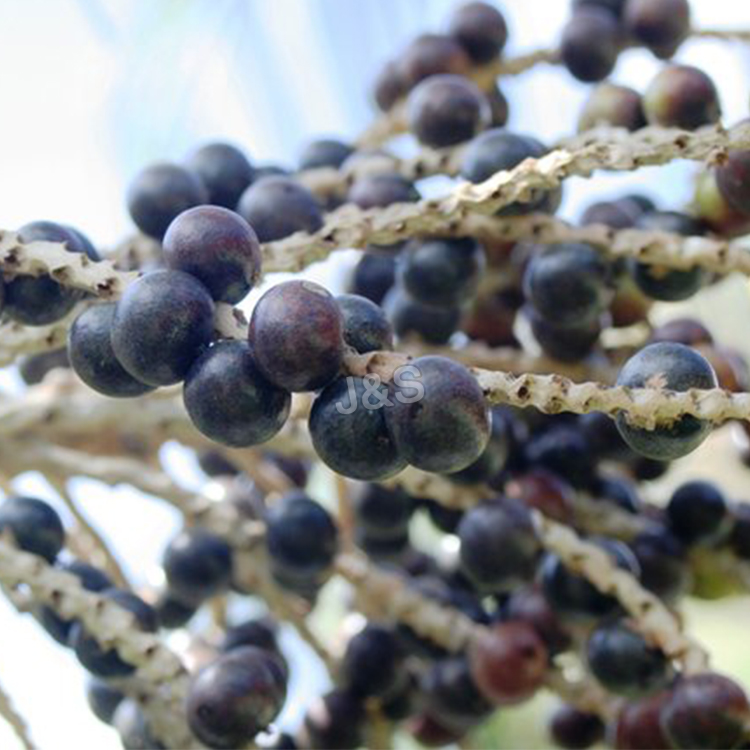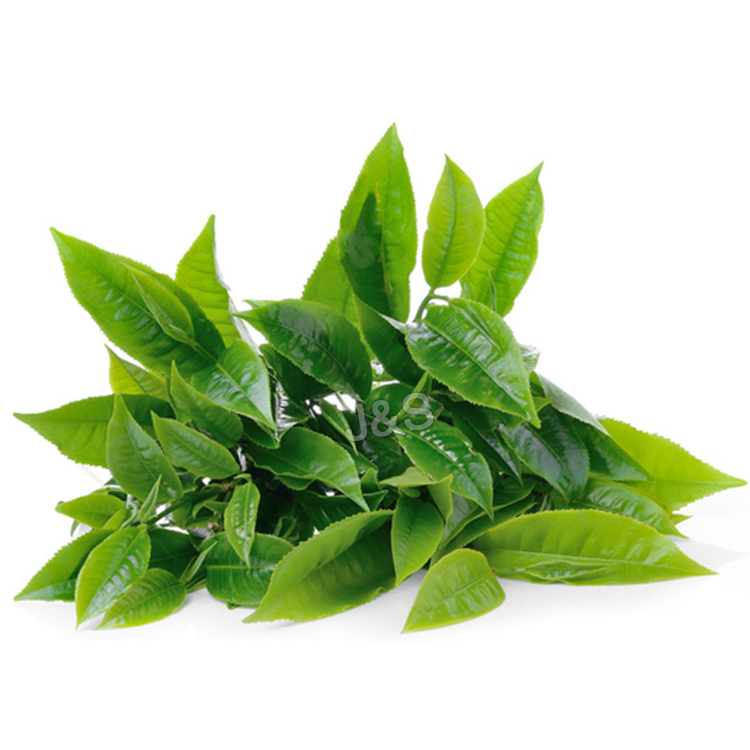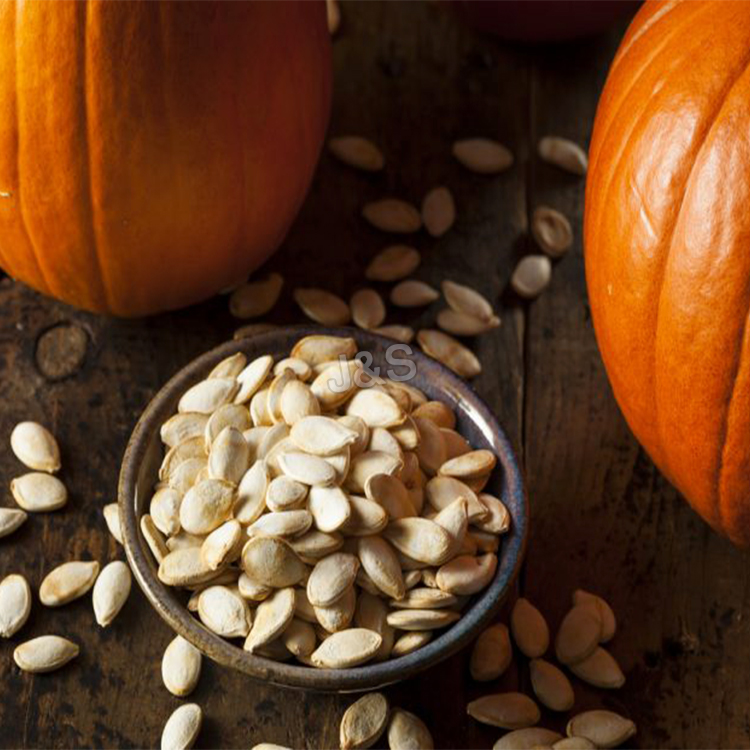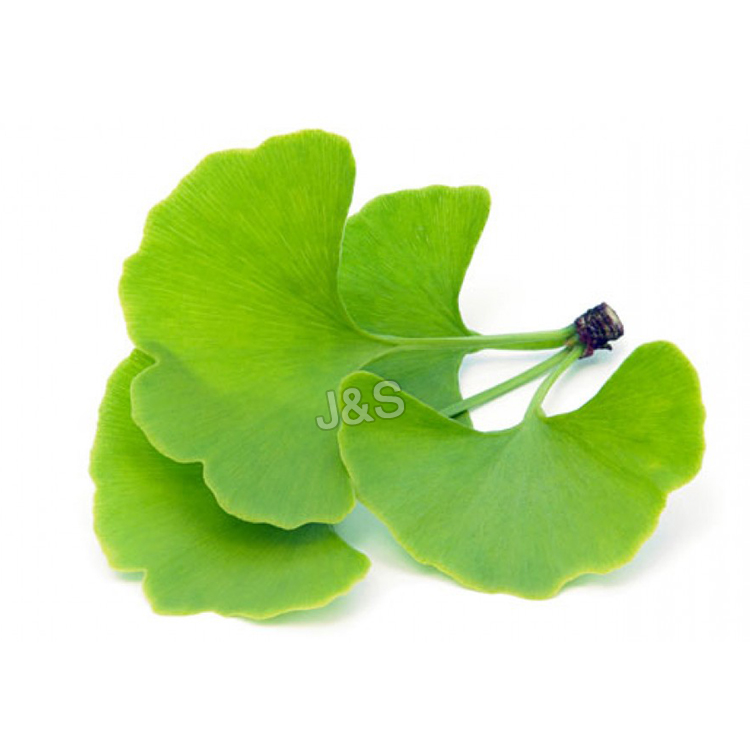Wholesale Distributors for Wolfberry Extract Factory in Kuwait
Wholesale Distributors for Wolfberry Extract Factory in Kuwait Detail:
[Latin Name] Lycium barbarum L.
[Plant Source]from China
[Specifications]20%-90%Polysaccharide
[Appearance] Reddish brown powder
Plant Part Used:Fruit
[Particle size] 80 Mesh
[Loss on drying] ≤5.0%
[Heavy Metal] ≤10PPM
[Shelf life] 24 Months
[Package] Packed in paper-drums and two plastic-bags inside.
[Net weight] 25kgs/drum
Product Description
The wolfberry is harvested when the fruit is orange red. After drying to the skin wrinkles, it is exposured to the skin moist and soft fruit, then removed the stem. Wolfberry is a kind of rare traditional Chinese medicine which is very rich in nutrients and has high medicinal value The materials contain not only such as iron, phosphorus, calcium, but also a lot of sugar, fat and protein. It also contains polysaccharide with good health care function to human body and organic germanium that is beneficial to human’s intelligence.
Function
1. With the function of regulating immune, inhibiting tumor growth and cell mutation;
2. With the function of lipid-lowering and anti-fatty liver;
3. Promoting the function of hematopoietic;
4. With the function of anti-tumor and anti-aging.
Applications:
1. Applied in food field, it can be produced into wine, canned, condensed juice and other more nourishment;
2. Applied in health product field , it can be made into suppositories, lotions, injection, tablets, capsules and other dosage forms to regulate immunity;
3. Applied in pharmaceutical field, effectively treating cancer, hypertension, cirrhosis and other diseases;
4. Applied in cosmetics field, it can prevent skin aging and improve skin elasticity.
Product detail pictures:
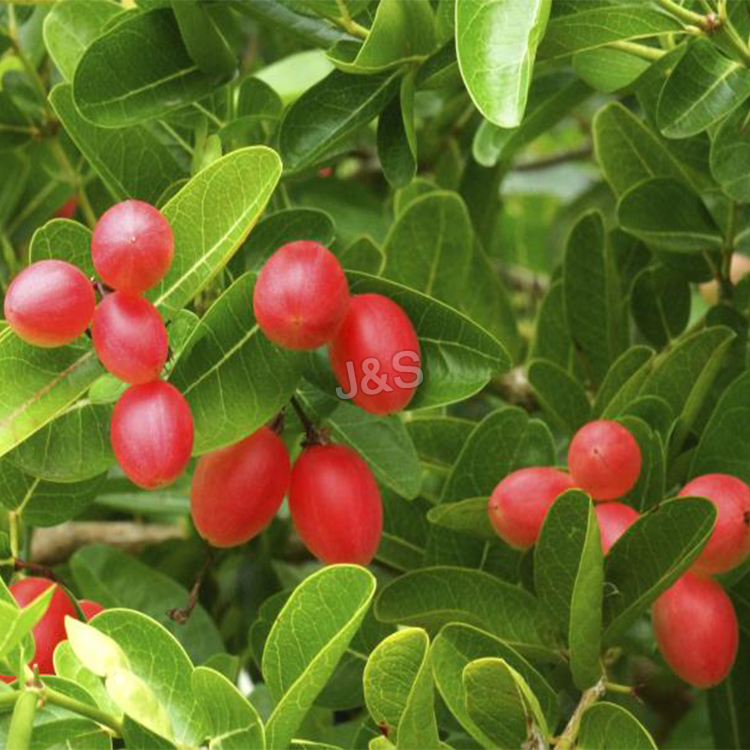
Related Product Guide:
Being supported by an advanced and specialist IT team, we could give technical support on pre-sales & after-sales services for Wholesale Distributors for Wolfberry Extract Factory in Kuwait , The product will supply to all over the world, such as: Manila, Kenya, UAE, Our company always provides good quality and reasonable price for our customers. In our efforts, we already have many shops in Guangzhou and our products have won praise from customers worldwide. Our mission has always been simple: To delight our customers with best quality hair products and deliver on time. Welcome new and old customers to contact us for the future long term business relationships.
Learn how to say words in English correctly with Emma Saying free pronunciation tutorials. Over 140,000 words were already uploaded… Check them out!
Visit my homepage:
https://www.emmasaying.com
~
Emma’s English Pronunciation Course – Get a 50% Off Coupon for FREE!
https://emmasaying.com/english-pronunc…
* Limited Quantity – Better Hurry Up ![]()
~~~~~~~~~~~~~~~~~~~~~~~~~~
https://proteinfactory.com/fucoxanthin-supplement/
Extracted from the brown seaweed is an ingredient called fucoxanthin. Fucoxanthin is the ingredient that specifically supports the reduction of abdominal fat. It is a special version of fucoxanthin backed by research studies, and it called Thin0gen. Thinogen is not your ordinary fucoxanthin, thus please do not compare it to regular fucoxanthin that the Chinese export into the US and supplement companies then sell to you. Thinogen is not even comparable to regular fucoxanthin.
“Thinogen Fucoxanthin is a natural carotenoid specific to several different types of brown seaweed. Fucoxanthin is the first marine algae-derived ingredient with a clinically proven thermogenic effect and can be used for weight loss. Metabolic and nutritional studies have demonstrated that fucoxanthin promotes fat burning within fat cells [2].
Unlike other weight loss products like caffeine, ephedra and synephrine (that also add toxins to human body), fucoxanthin can help boost the fat metabolism rate without stimulating a person’s central nervous system, thus helping to ensure that weight lost does not creep back.
We are long-term partners, there is no disappointment every time, we hope to maintain this friendship later!
